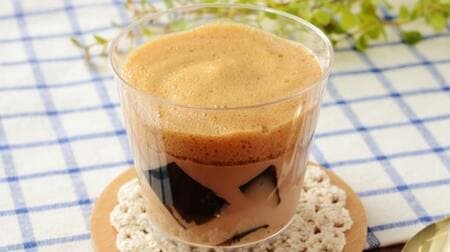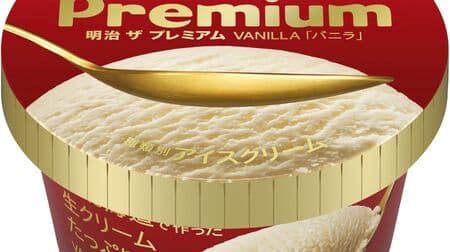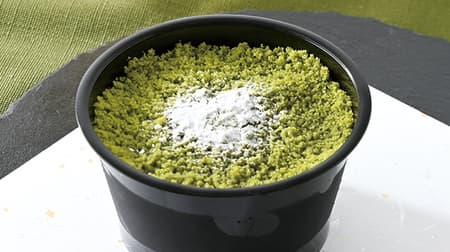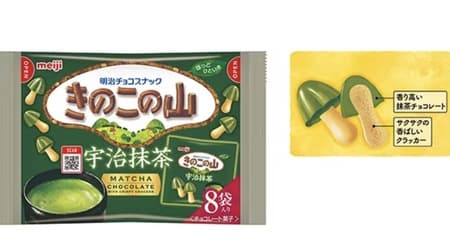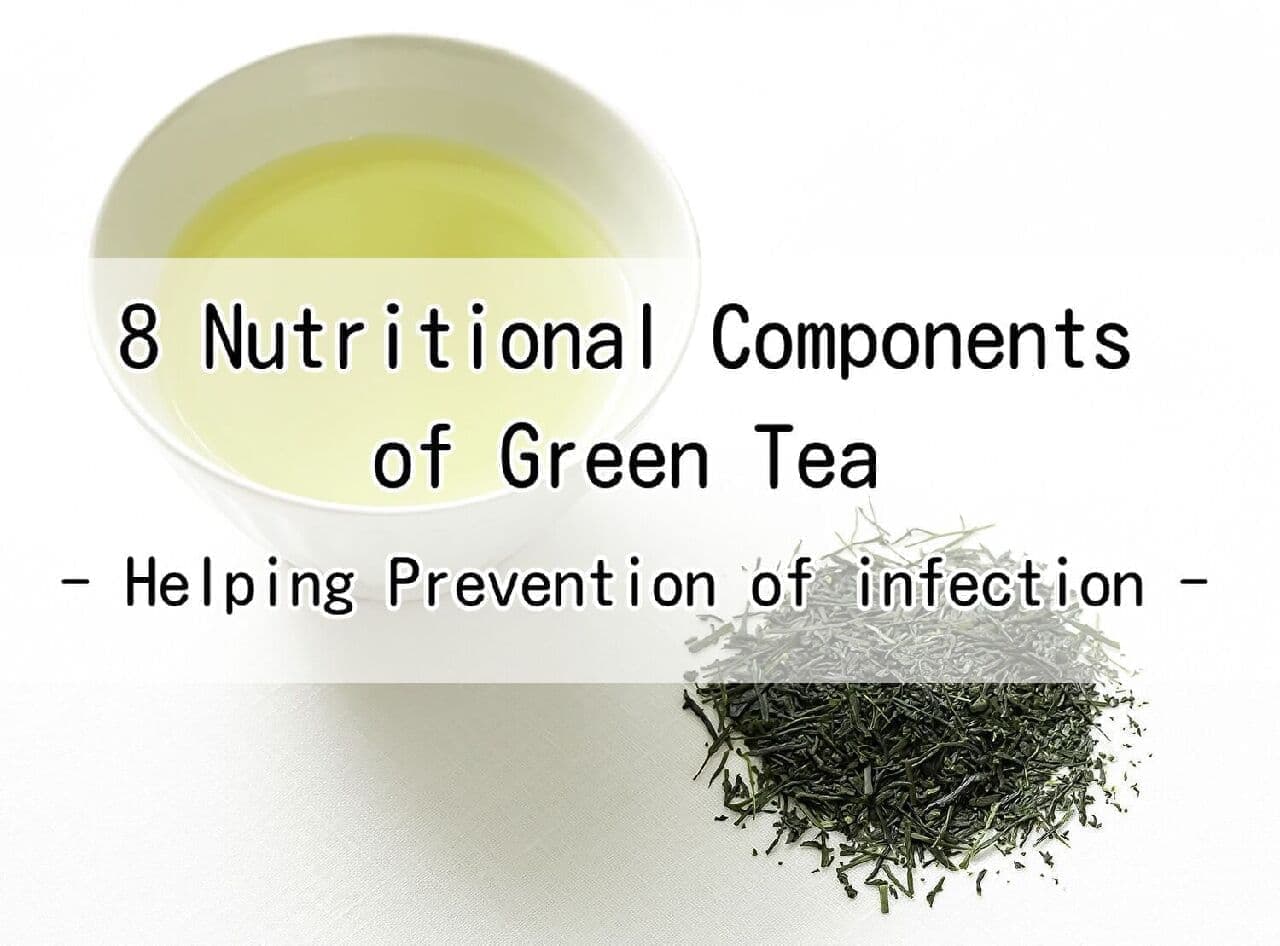
8 Nutritional Components of Green Tea
Do you like green tea? Many people drink green tea in their daily lives without even being conscious of it. In fact, green tea, which has a variety of tastes contains many nutrients that are good for the body. Therefore, I try to drink green tea every day.Green tea contains many nutrients such as catechins, caffeine, theanine, vitamins (vitamin C, vitamin B2, beta carotene, vitamin E, etc.), saponins, fluorine, and gamma-aminobutyric acid (GABA). Here are the details on the effects of green tea on each of these nutrients.
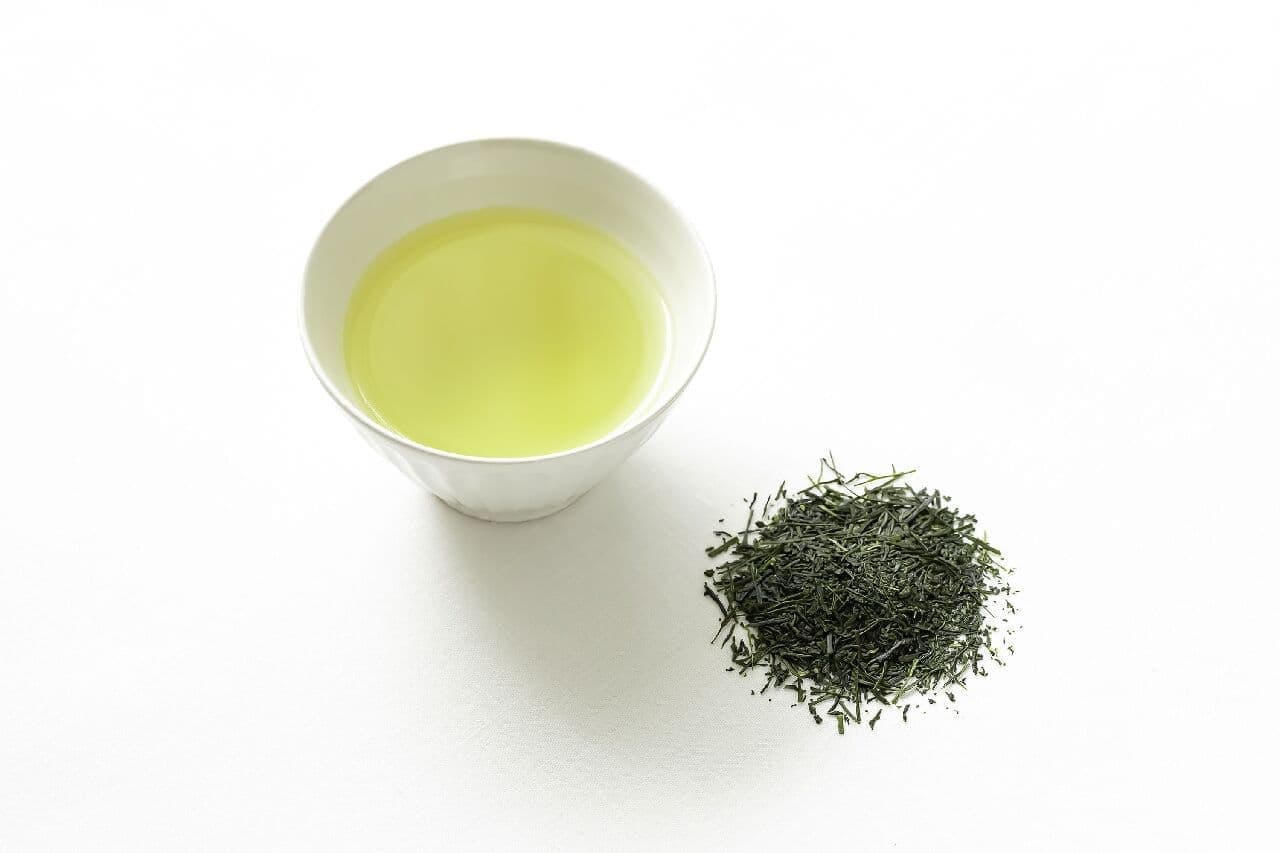
Nutritional Component of Green Tea 1: Catechins
Lowering blood cholesterol
It is said that good cholesterol (HDL) increases in the body thus preventing arteriosclerosis.Lowering body fat and blood sugar
By suppressing the absorption of dietary sugar and fat and increasing their elimination, it reduces body fat (visceral fat and subcutaneous fat), thereby having a dieting effect.Suppression of blood pressure elevation
Catechins regulate vasoconstrictors and strengthen the endothelial function of blood vessel walls, thereby lowering blood pressure.
Cancer prevention
Catechins in green tea are said to prevent the cells from becoming cancerous.Antioxidant action
Just as metals oxidize over time and rust to a brownish color, the human body also oxidizes. When these oxidants accumulate in the body, they tend to cause various problems in our body, such as aging of blood vessels, aging of the skin, and triggering lifestyle-related diseases and cancer. Antioxidant action refers to the action of removing these oxidants. Catechins have antioxidant action that remove reactive oxygen species (or free radicals) in the body. This antioxidant action helps prevent the aging of various body tissues, cancer, lifestyle-related diseases, and diabetes.Antimicrobial action
Catechins have been shown to exhibit antibacterial effects against a variety of pathogens. Catechins are said to lower blood pressure by regulating vasoconstrictors such as angiotensin II and by strengthening the endothelial function of blood vessels.Preventing formation of the cavities
Catechins are also effective in preventing cavities. Catechins suppress the formation of dental plaque and the production of acid by cavity-causing bacteria, thereby halting the progression of cavities.Nutritional Component of Green Tea 2: Caffeine

Fat-burning effect
Caffeine accelerates metabolism and has the effect of burning fat.Central Nervous System Excitatory Effect
Caffeine in tea has an excitatory effect on the central nervous system, such as the cerebrum, because it blocks a substance called adenosine, which produces drowsiness in the brain, thereby enhancing intellectual work capacity and athletic performance. It is effective in improving concentration and memory.Analgesic action and recovery from fatigue
Theanine is effective for pain relief and recovery from fatigue.Nutritional Component 3: Theanine

Relaxation action
Theanine has the effects of calming excitement, relieving tension, and relaxing the mind and body. When theanine enters the brain, it changes the concentration of the neurotransmitters dopamine and serotonin, thereby lowering blood pressure and improving sleep quality. Theanine also suppresses the excitatory effects of caffeine.Nutritional Component of Green Tea 4: Saponin
Antihypertensive effect
Saponin is an nutrient found in all teas and has a strong bitter and acrid taste. It has the effect of lowering blood pressure.Antimicrobial and antiviral effects
Saponin has been confirmed to have antibacterial and antiviral effects.Nutritional Component of Green Tea 5: Fluorine

Prevention of cavities
Fluoride strengthens teeth and makes them resistant to tooth decay. Dentists apply fluoride to prevent cavities, and fluoride-containing toothpaste is often seen in stores. Green tea also contains fluoride.Nutritional Component 6: Gamma-aminobutyric acid (GABA)
Relaxation effect
GABA stands for Gamma Amino Butyric Acid, a type of amino acid. In the human body, GABA is present in large amounts, especially in the brain and spinal cord, and works to suppress excitement and stabilize the mind.Anti-hypertensive action
GABA suppresses noradrenaline, which has a vasoconstrictive effect, and lowers blood pressure.Nutritional Component of Green Tea 7: Vitamin C

Antioxidant action, collagen production, immune action
Vitamin C is necessary for collagen production in the skin and is a water-soluble vitamin with antioxidant properties. Its antioxidant properties help prevent lifestyle-related diseases such as arteriosclerosis and myocardial infarction by removing oxidants that accumulate as we age. It also has the effect of boosting the immune system, so actively consuming vitamin C can reduce the risk of catching a cold. In terms of beauty, vitamin C prevents the deposition of melanin pigment, which is the source of blemishes, so it can be expected to prevent the development of blemishes. It also has anti-oxidant properties, so it can be expected to have anti-aging and whitening effects by removing oxidants that tend to accumulate in the skin.Nutritional Component of Green Tea 8: Vitamin E
Antioxidant action
Vitamin E is one of the fat-soluble vitamins. Like vitamin C, it has a very strong antioxidant effect and is expected to prevent lifestyle-related diseases and aging by removing oxidants. It has a synergistic effect when taken at the same time as vitamin C, a water-soluble vitamin.Conclusion
I have explained the effects of each of the nutritional components of green tea. Green tea contains plenty of healthful ingredients such as catechins, caffeine, theanine, and saponins.It is very good not only for your body but also for maintaining healthy skin.
It is also expected to prevent the onset of lifestyle-related diseases, so why don't you try adding green tea to your daily beverages?
Click here for related article: Benefits of Matcha - How it makes us Healthy and Beautiful






